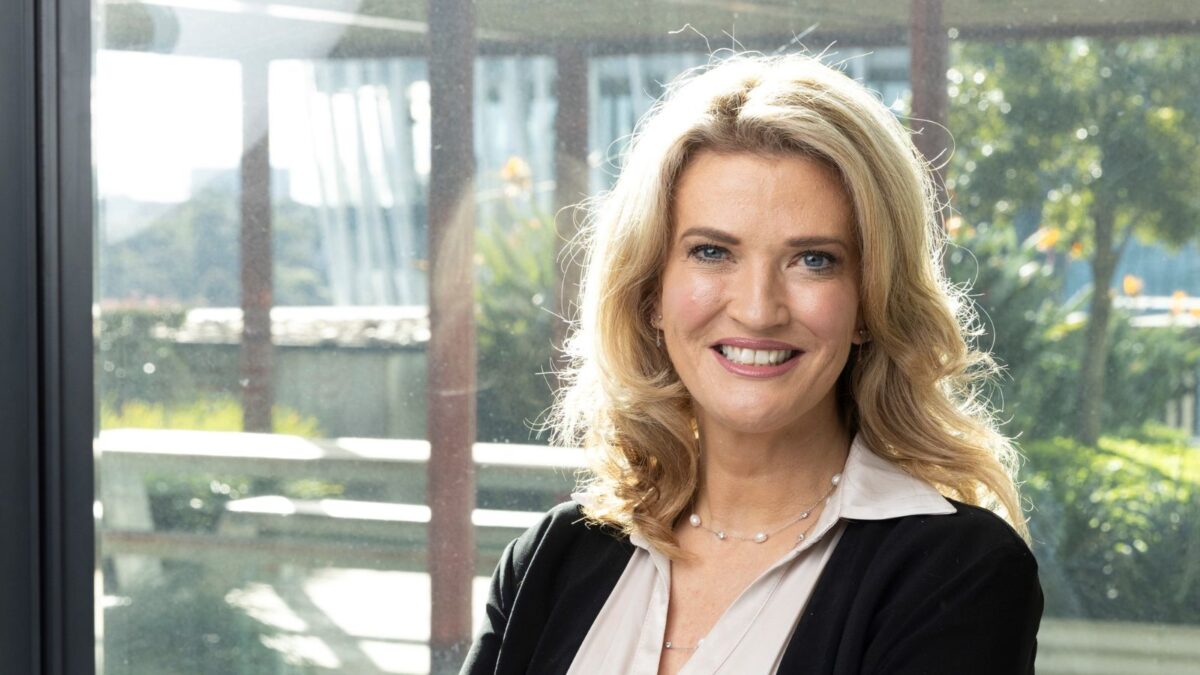ART goes from robust to ‘resilient’ in risk rethink
In investing, most risk management frameworks are laser focussed on robustness: the extent to which a portfolio is exposed to particular market events and whether a drawdown can be minimised.
But the $300 billion Australian Retirement Trust (ART) is starting to think about risk through the more nuanced lens of “resilience” – not the ability to avoid a situation or an event, but the ability to absorb the impact of it and get back to steady status quickly.
“We need to think about risk as being two sides of the one coin; we take risk to generate returns, so the question becomes how we take appropriately calibrated risk for where we are in the market,” Jody Fitzgerald, head of investment resilience and planning at ART, tells ISN. “It’s about making sure risk is instructive in the investment process rather than it just being a reporting function of ‘what was your tracking error, what’s your scenario test?’.”
The concept of investment resilience and planning was previously embedded in Sunsuper but was largely considered by a committee. Following the merger with QSuper, an assessment carried out by Stanford academic Ashby Monk and EHA Advisory suggested that it be formalised into a dedicated team. Fitzgerald joined the fund from Morningstar Investment Management in November last year to help make that happen, and the team is currently in the strategy phase of figuring out how investment resilience can be woven through the fabric of the fund.
“These three standard deviation events feel like they happen every couple of years,” Fitzgerald says. “The ability to navigate market environments that are volatile, that are constantly changing, is really important.”
The path to execution of the investment resilience concepts winds through Andrew Fisher’s strategy team, which is essentially presented with the question of whether it’s comfortable with how the portfolios are positioned given the probability of a particular outcome.
“Then strategy is setting where we want to go in the portfolio; our capital markets desk then executes on that,” Fitzgerald says. “We then come in and tell them where we ended up – because where we ended up will be constantly moving, it will constantly be changing because the world is changing, and new data points are coming out daily… When we talk about resilience, what we’re trying to understand is how we ensure that we can capture risks as opportunities when they present themselves.”
To do that properly, ART needs not only “deep, rich data sets” on its portfolio, market conditions and what the threats and vulnerabilities are, but the ability to extract information from that data. It’s now in the process of building out a “centre of excellence” which will be one of the stage gates to building the frameworks the team envisages.
“There’s a lot of data in the organisation, and ensuring we’re actually storing that data in a way that’s easily accessible is part of that process,” Fitzgerald says. “We’ve engaged external consultants and we’re on the journey of defining what that architecture will look like, and what it will look like as workbench analytics.”
But there’s data that just doesn’t exist in the business; Fitzgerald gives the example of determining not just which industries, countries and sectors ART’s investments are exposed to, but which products; should Trump win the US presidential election, and should he move to impose tariffs on particular product lines rather than countries, “can we reasonably determine the exposure we have to those products?”
“How far can you drill down? This becomes really important when we’re thinking about things like sustainability and measuring carbon emissions and so forth. We have plenty of data already, but we’re trying to make that bigger, broader, deeper, more robust.”
And that just structured data. There’s information flow in the unstructured mass of headlines, company reports and interviews, manager presentations – even news articles like this one – that can be instructive to the investment process and so need to be stored in a way that makes it easy to access and use.
“The next element is the workbench analytics that will ultimately draw insights out of that data,” Fitzgerald says. “How do we support the individual investment teams in terms of what’s important to them in the way they think about their part of the portfolio, be it public or private markets, and what are they trying to achieve and how can we support them to get the best outcomes?”
All of this is a way of coming to grips with complexity – not just inside a fund that is constantly growing in size and moving into new markets, but in a world that is becoming increasingly volatile and difficult to predict.
“What’s important is to understand complexity and identify it and whether you’re a small fund, a big fund, everybody has complexities that are different and unique to them and to their business… It’s more about being aware of the ones that come with the way you invest.
“Some of those complexities you encounter also have benefits to them. A great example would be scale: with scale, we get significant benefits, whether it’s looking at more sophisticated investments, better access to private markets, the ability to focus on our strategic priorities, like sustainability, like resilience, so that we can build out a centre of excellence. There’s two sides to complexity, and understanding both is really important.”











